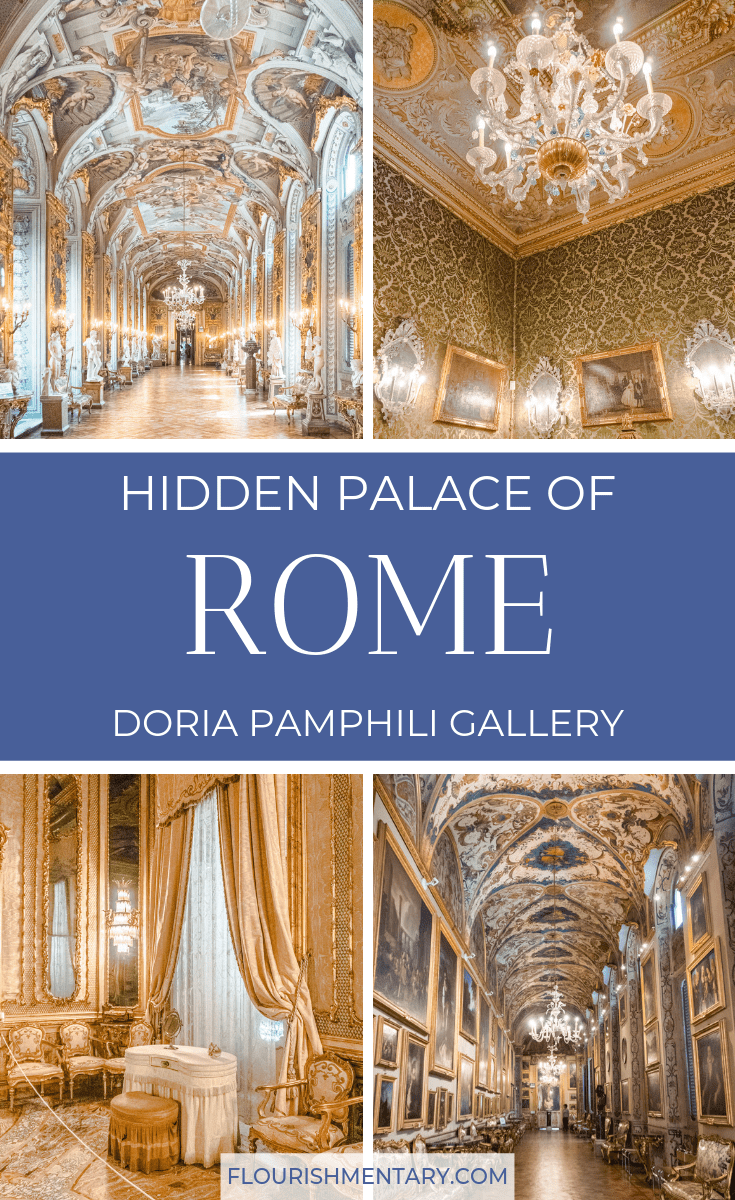
The Galleria Doria Pamphilj is the lavish royal Palace of Rome, that you might never notice was there.
I accidentally stumbled into the hidden courtyard once before. At the time, it looked like the perfect place to take cover from the summer heat.
Upon first glance, the cloisters lined with fruit trees felt a tad out of place in the bustling historic center. Little did I know that beyond those closed shutters sits Rome’s most opulent palazzo.
As it turns out, these four walls surrounding the tranquil courtyard hold the largest privately owned art gallery in the capital. Over the years, the Galleria Doria Pamphilj has been lovingly restored by the descendants of the Royal family. Amazingly, they still call the palace home today.
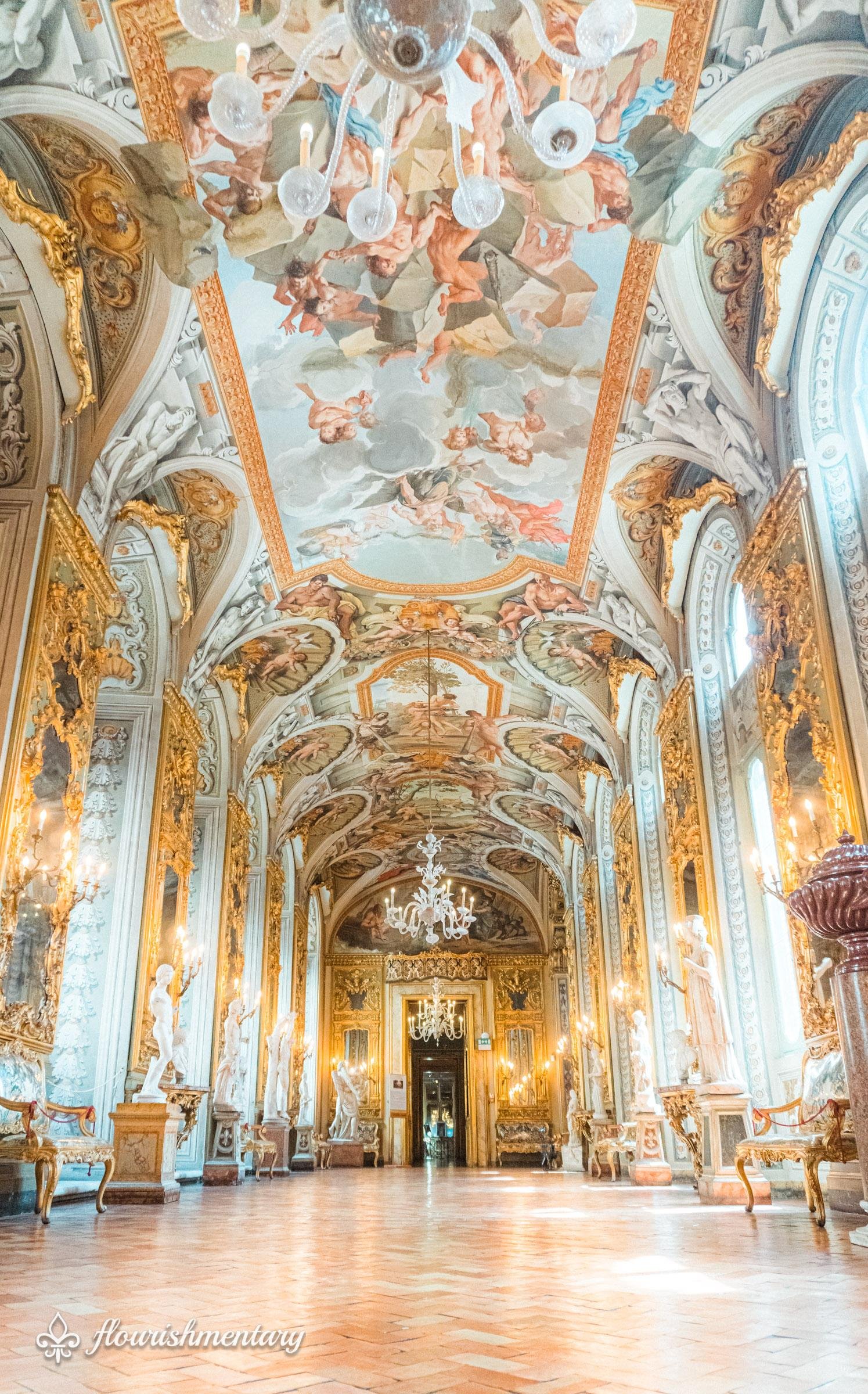
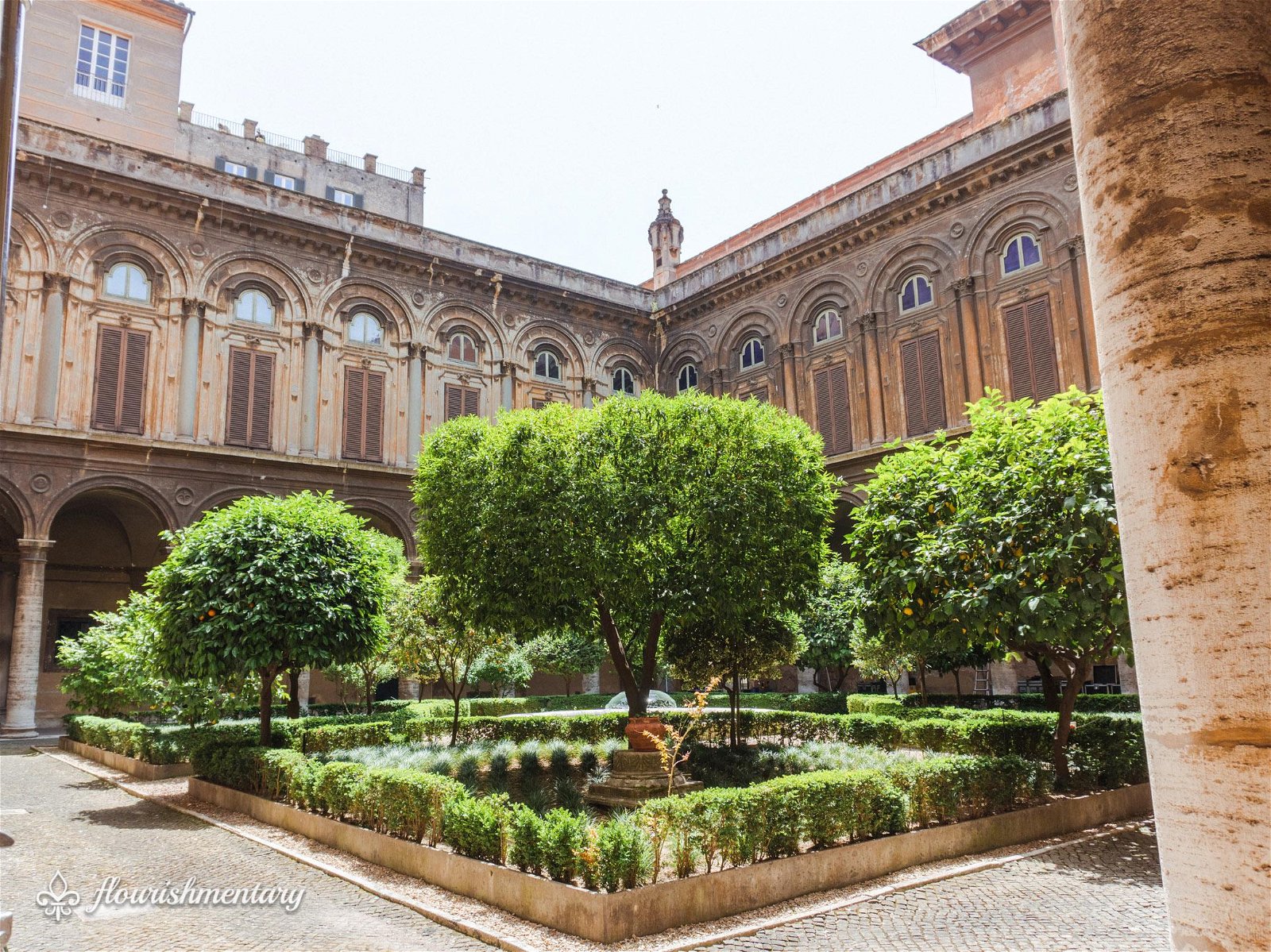
The painting galleries are some of the most renowned in Italy. Not only because of works by artists like Raphael, Caravaggio, and Bernini, but also because they’re staged in such a beautiful home.
I knew I had to check out this ornately decorated palazzo for myself one day. I couldn’t wait to take the tour, and a step back in 18th century Rome.


Entering Galleria Doria Pamphilj
The main entrance to the palace is right between Rome’s famous Via del Corso, and Via della Gatta. Past the courtyard, we came upon the original cobblestoned entry port. It looks completely untouched, except for the horse drawn carriages that were traded in for Teslas.
There, you follow flights of marble steps that guide you up to the second floor. Of course, Italians call it the first floor which still trips me up. These stairs are enormous, and really set the stage for the opulence unfolding above.
Sala del Pussino & Salone dei Velluti
If the bold red in these stately entry rooms isn’t enough to grab your attention, the two story collection of paintings sure will. The Sala del Pussino, and Salone dei Velluti were designed to make a grand impression. And that, they do well.
As you begin the tour, you can grab a complimentary audio guide. Surprisingly, it was one of the things I enjoyed the most about our visit. It’s narrated by Prince Jonathan Doria Pamphilj, who lives in the palace with his family. Hearing his anecdotes alongside the palace history made the tour all that much more enjoyable.
The incredible paintings and furnishings inside the Palazzo were collected over generations. Members of the illustrious Doria, Pamphilj, Landi and Aldobrandini families all contributed to the vast gallery. Over the years, the families became united through marriage, and under the simplified surname Doria Pamphilj.
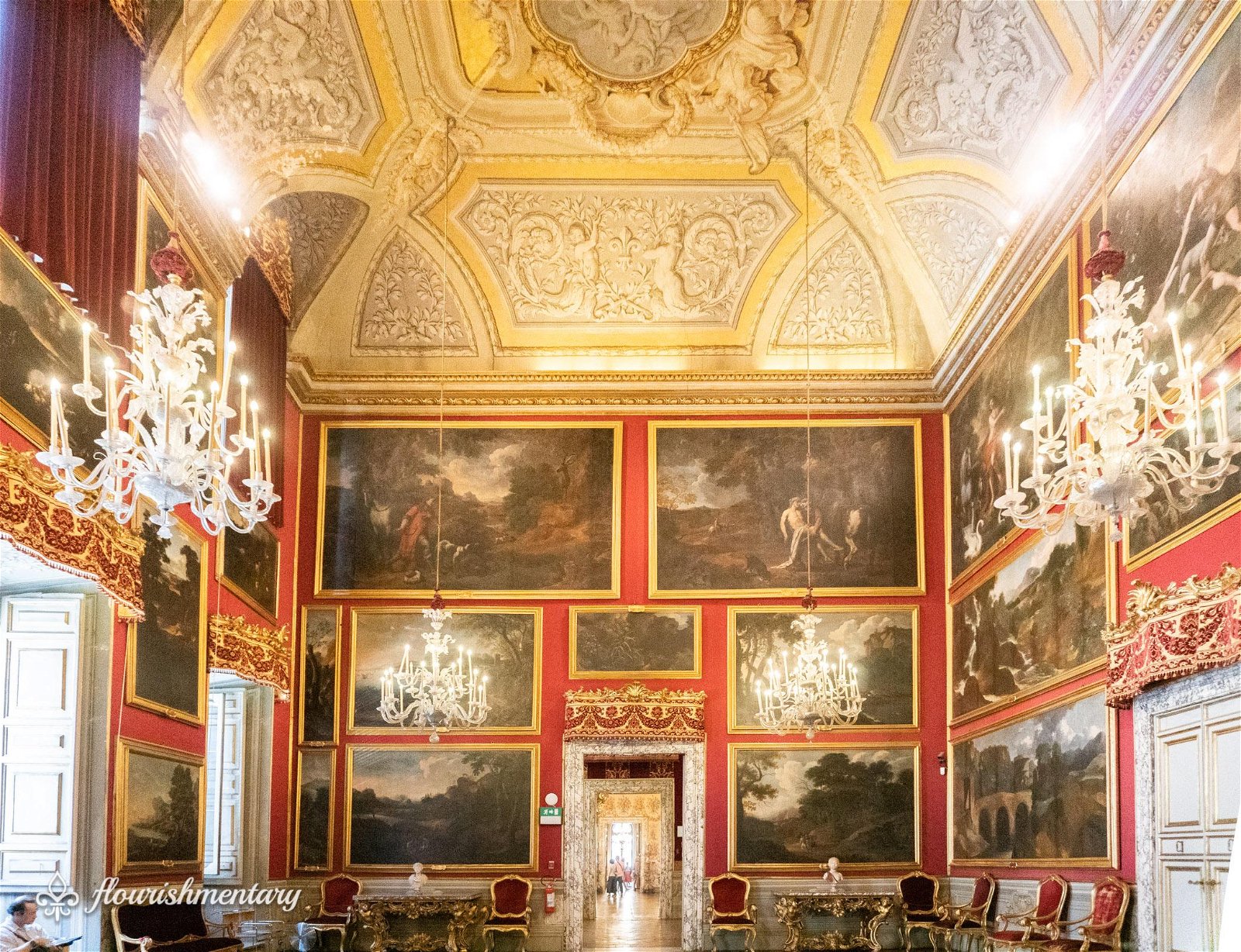

The Galleria Doria Pamphilj Ballroom
Next, the Galleria tour flows into a series of daintier rooms, draped in antique floral wallcovering. Simultaneously, in 1767 the Sala da Ballo, and Sala di Cadmo were renovated. They were designed with one purpose in mind. To be the setting of the most extravagant balls held in the city.


Tucked away in the corner, there is a small orchestra pit. Now, it’s staged with uniformed musicians, and original antique instruments. I’d never seen anything like this charming pocket performance area, and peering inside you could almost hear music playing.
One of the most stunning features of these rooms were the crystal wall sconces. These fixtures were part of the original renovation, so of course they were originally gas burning. Later, when electricity became all the rage, they were converted. Without a doubt, it’s a beautiful reminder of the amazing preservation seen throughout the palace.


The Galleria Doria Pamphilj Chapel
The ballroom leads into a pastel vaulted hallway, revealing the Doria Pamphilj chapel. Obviously, this space is a far cry from how you’d picture a cozy family “cappella”.
The colorful frescos in this room are a real show stopper, giving the illusion of a dome topped basilica. During our visit, there was scaffolding up for restoration, and it will be incredible to see the mural revived.

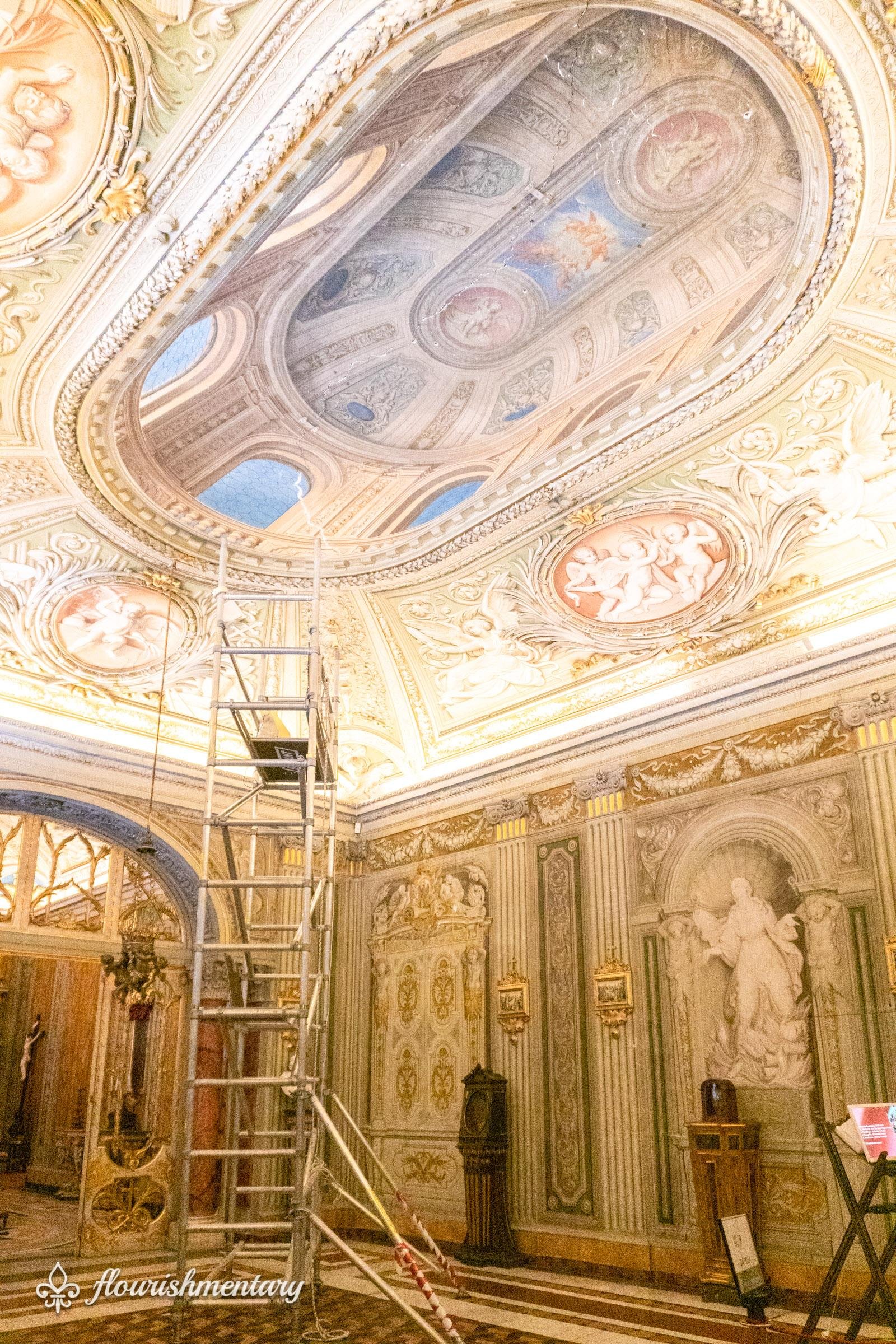
Undeniably, being such a powerful family, the palace often got special permission from the church. Thus, the Pope gave them the green light when they wanted to return the body of the family saint to the chapel. But instead of keeping the body in a tomb (à la in every other church in Rome), they decided they could do one better.
It’s a pretty big display of power to have your family saint in the home chapel, but an even bigger one to have the mummified head on display. As a result, it’s still there for visitors to see (and get slightly creeped out by).

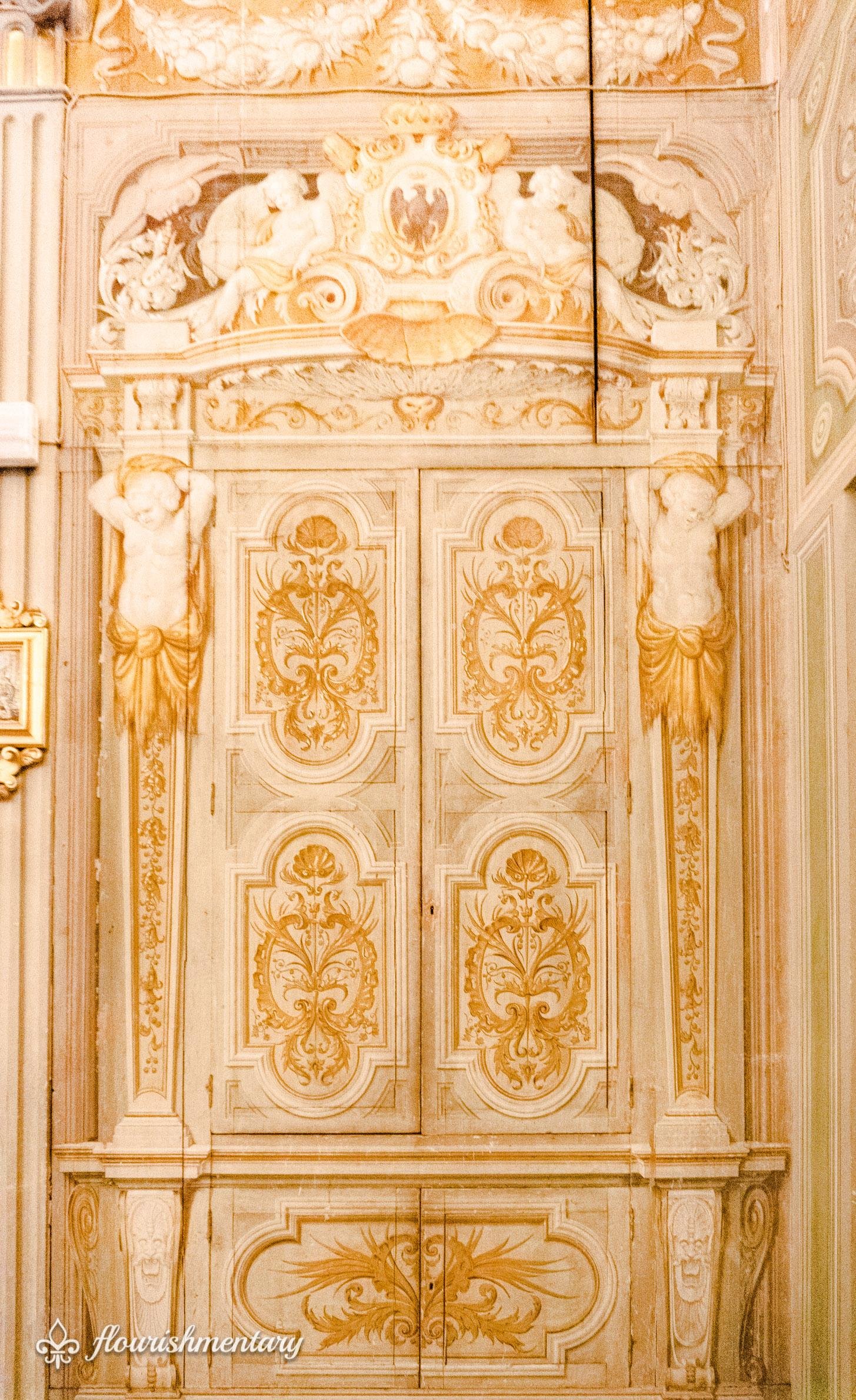
The Wings of Galleria Doria Pamphilj
The next rooms are the grandest of the entire Villa. For that reason, we were amazed to find them completely empty. These four gilded wings that surround the courtyard below contain some of the most impressive artworks in the entire palace.
These vaulted hallways were beautifully decorated between 1731 and 1741. Renowned Italian architect Gabriele Valvassori designed them to be the real pièce de résistance in the palace. Of course, the most beautiful is the second wing, called the “Galleria degli Specchi” or Hall of Mirrors.
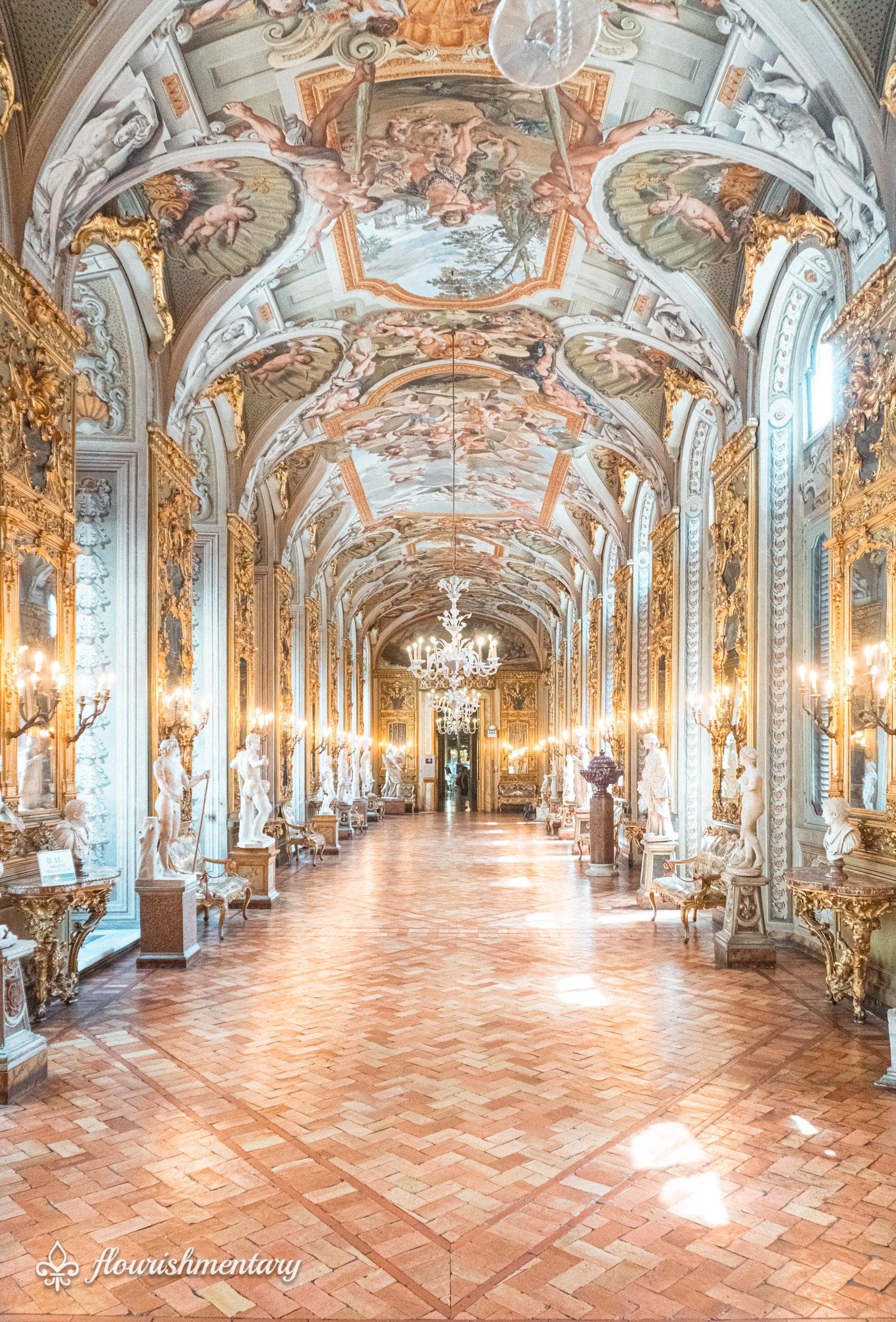
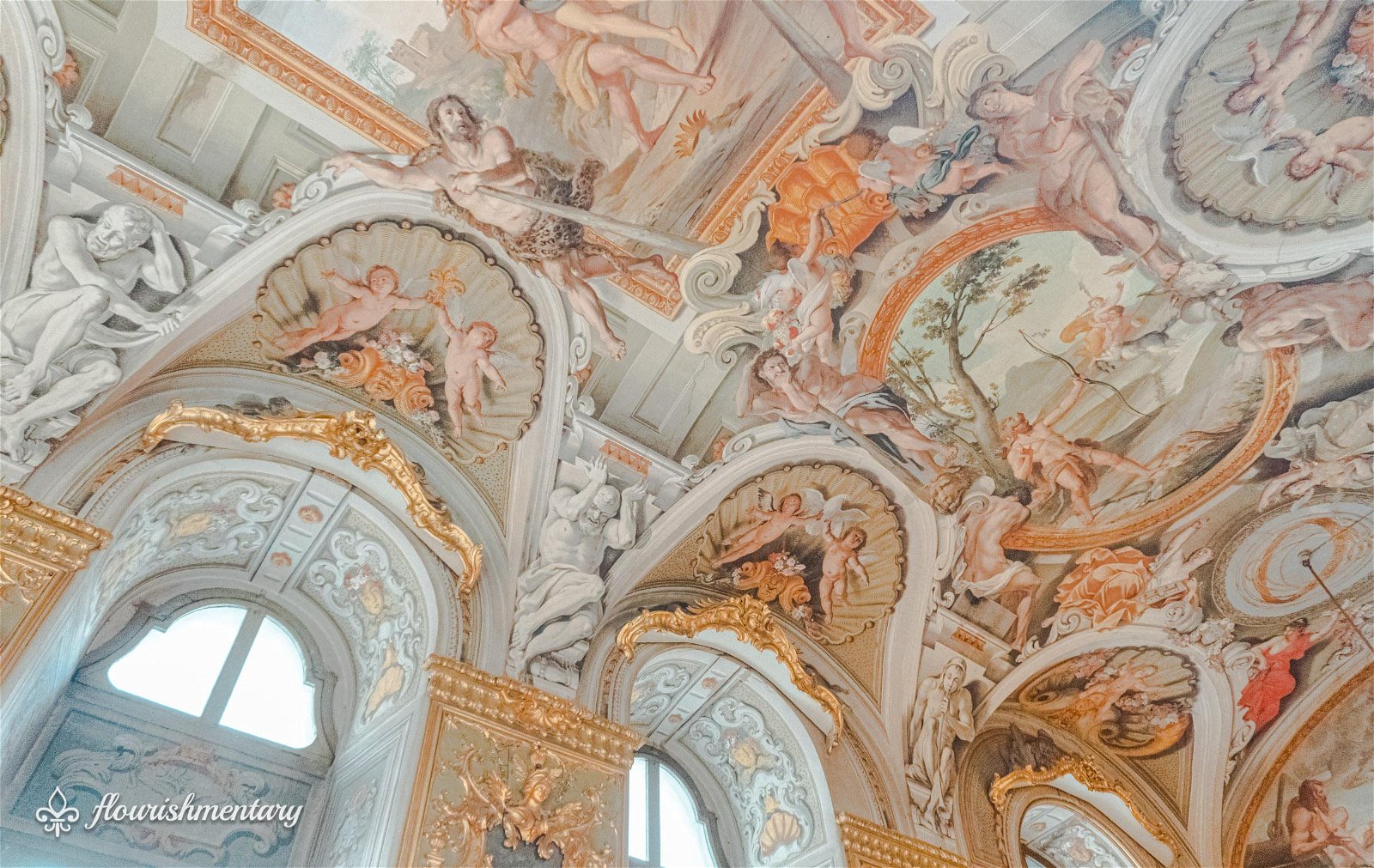
The Hall Of Mirrors
The Galleria degli Specchi is inspired by the Hall of Mirrors at the Chateau of Versailles. This hall is lined with the most incredible gilt Venetian mirrors. They’re impressive works of art in their own right, and they date all the way back to the early 18th century.
The delicate frescoed ceilings of this room are painted by Bolognese artist Aureliano Milani. Each scene illustrates a part of the epic “Stories of Hercules”.
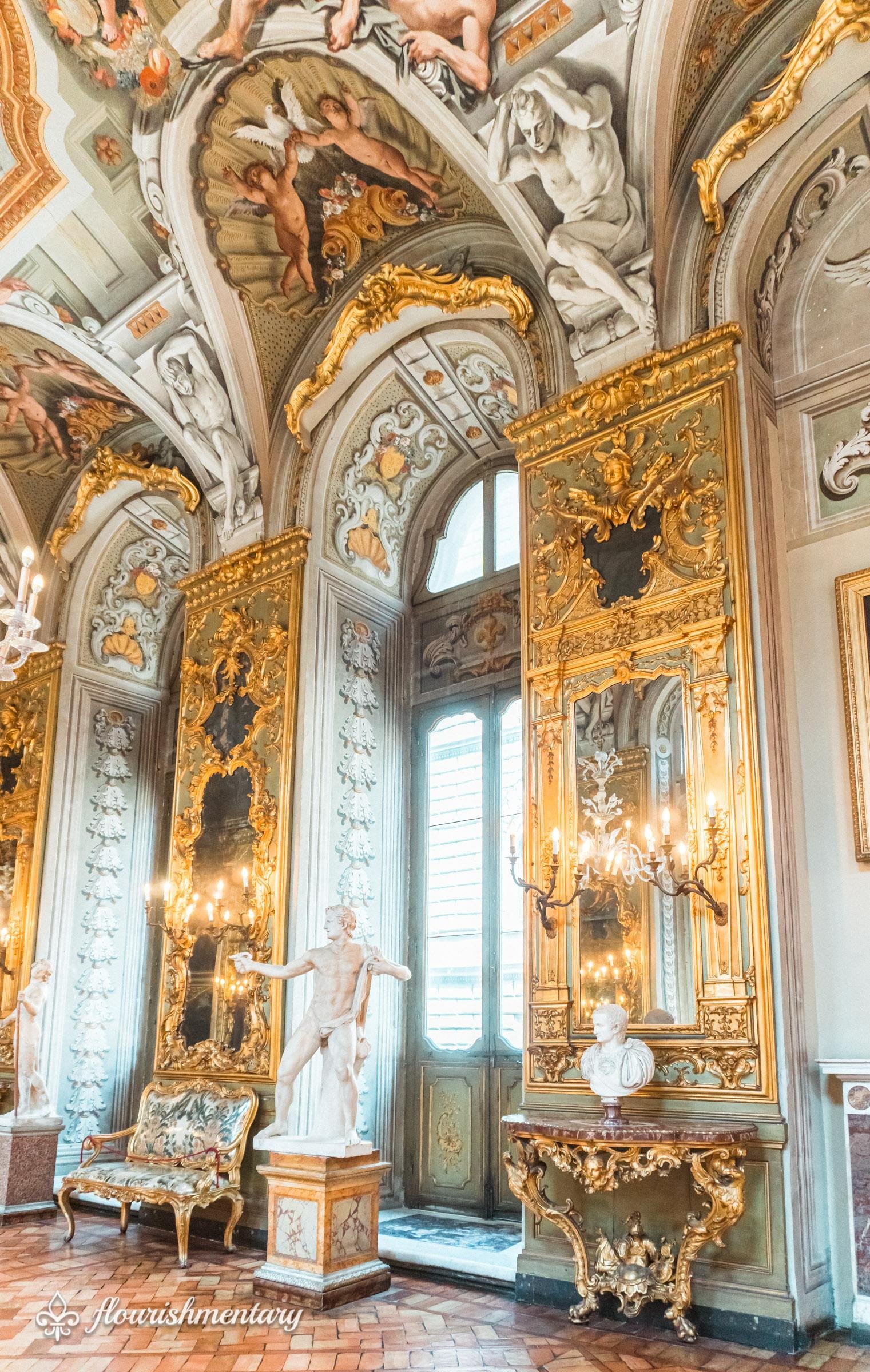
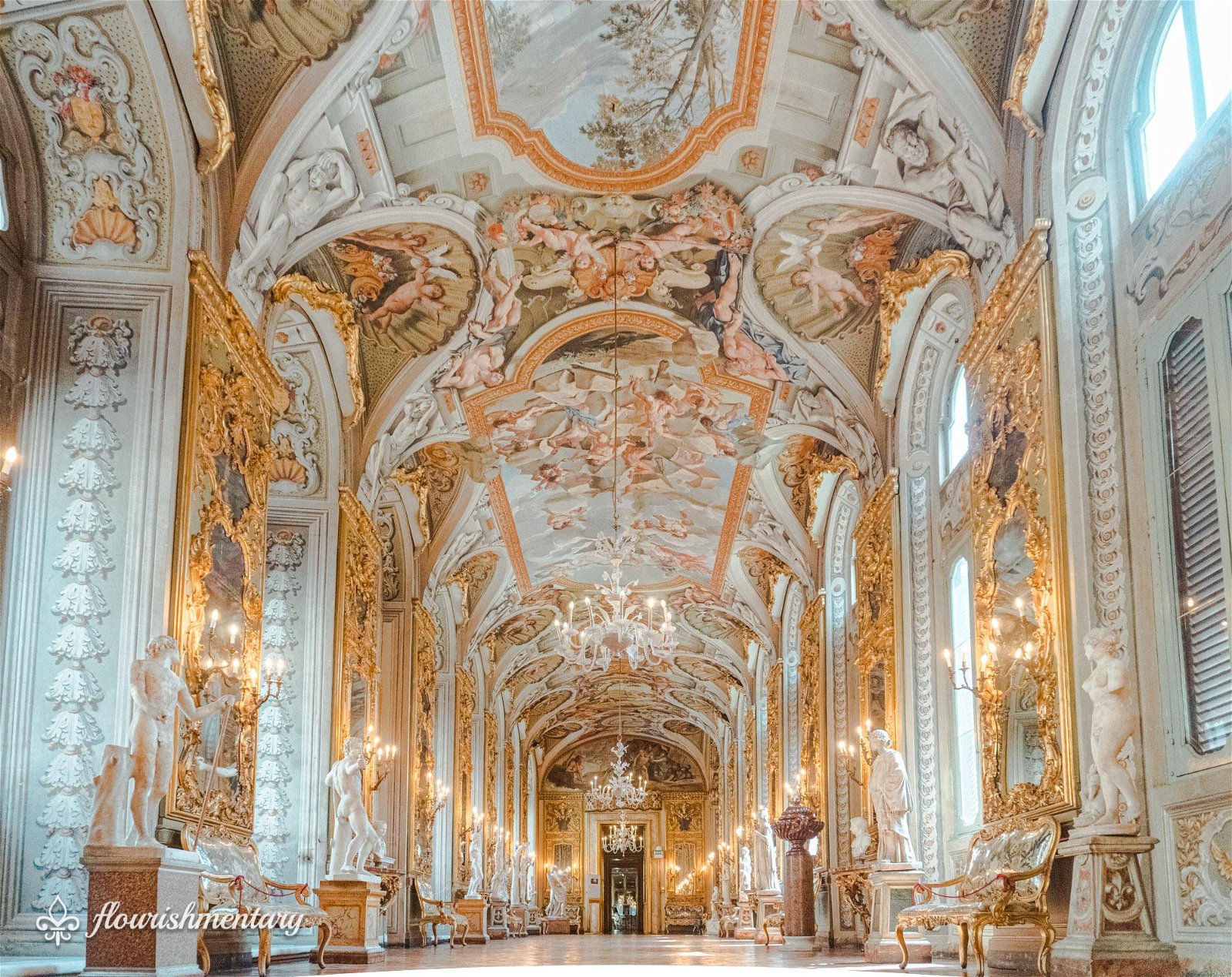
The Painting Galleries
Similarly, the three other sumptuous galleries are covered with intricate frescos. They truly feature some of the most unique perspectives, and florals you’ll ever see in an Italian palazzo.
These wings also display significant works that had adorned other beautiful villas of the Doria Pamphilj family. As you move through the gallery, you really notice a transformation in the style of the collections. Portraits and religious figures make way to exotic and inspiring landscapes.
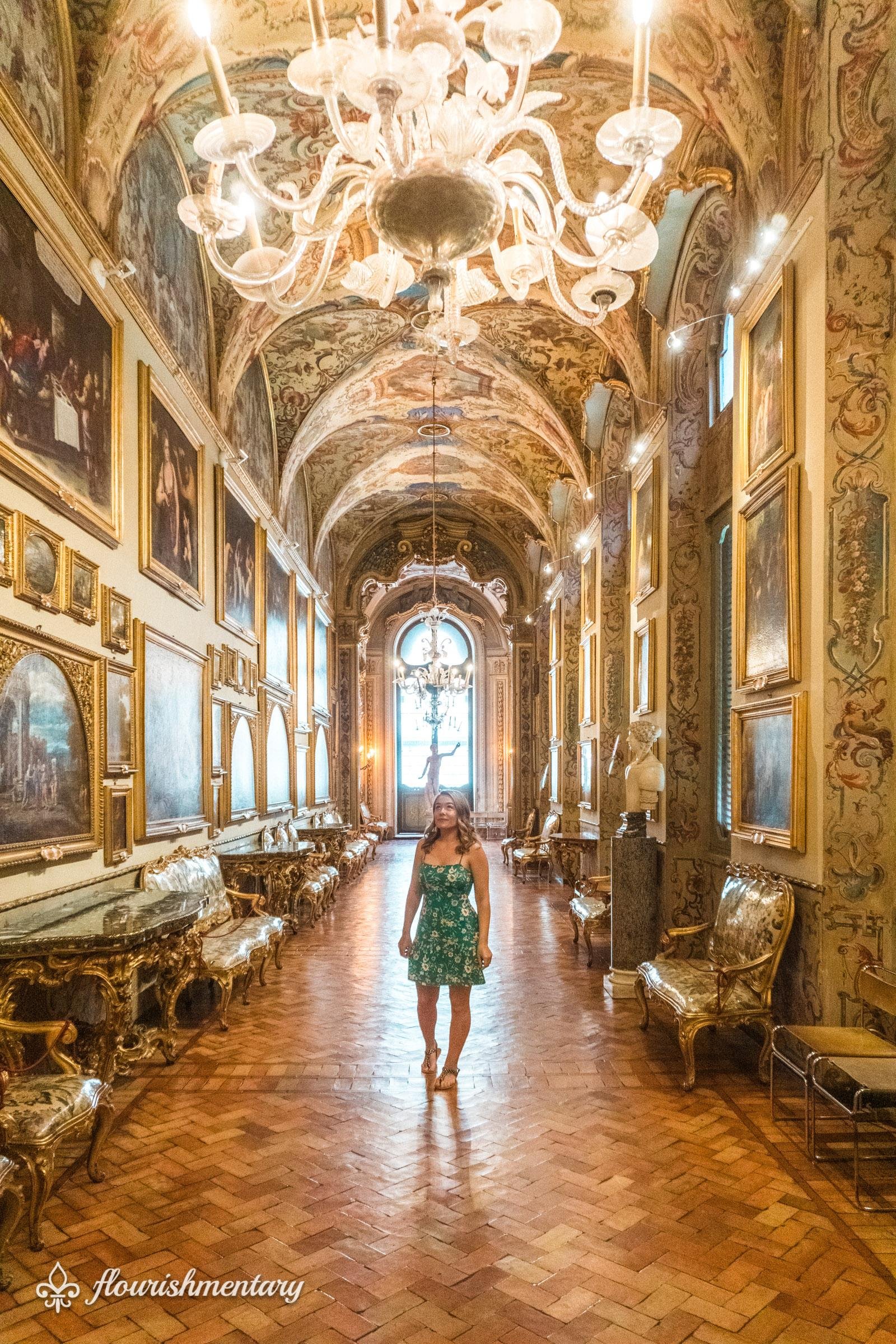

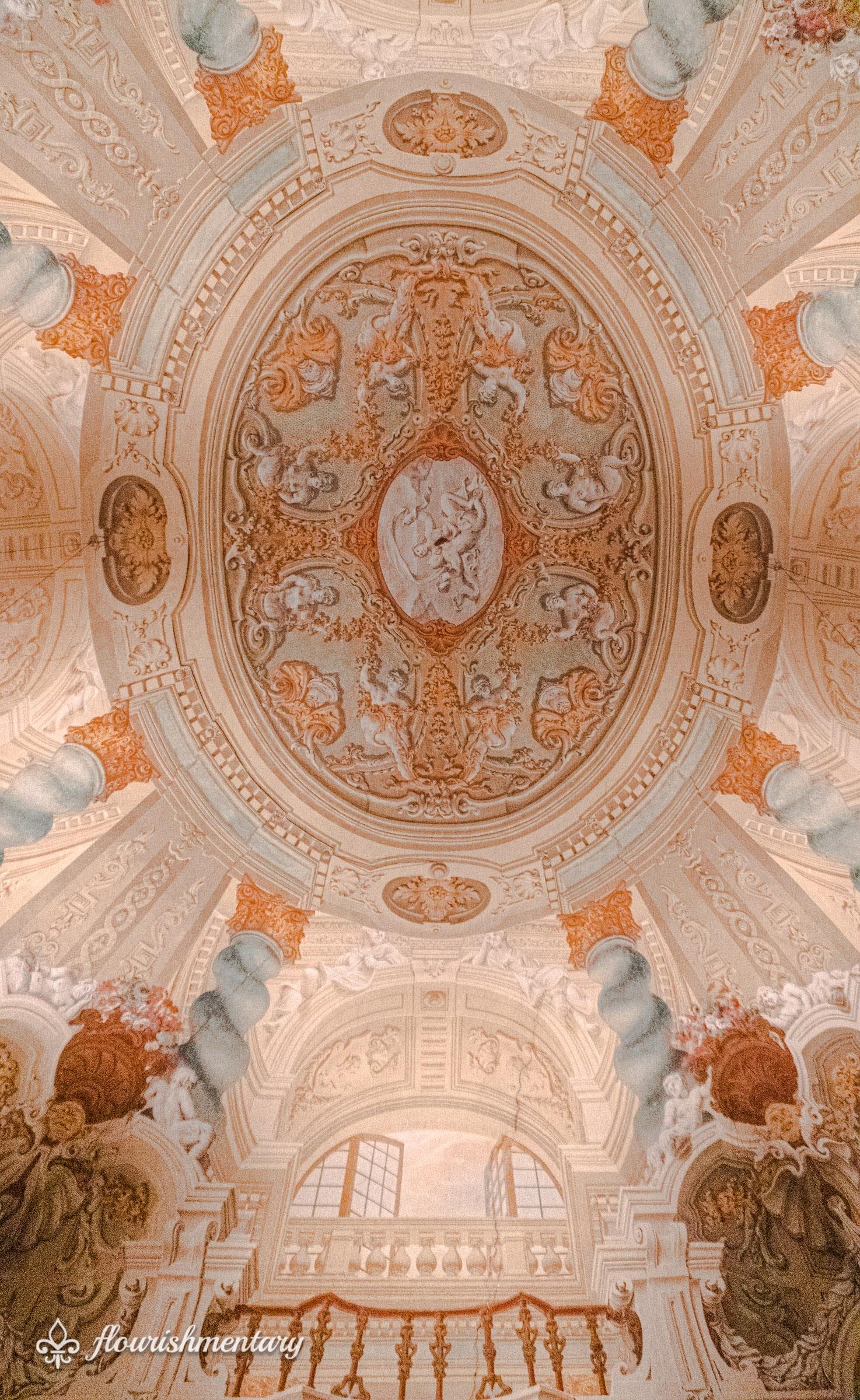
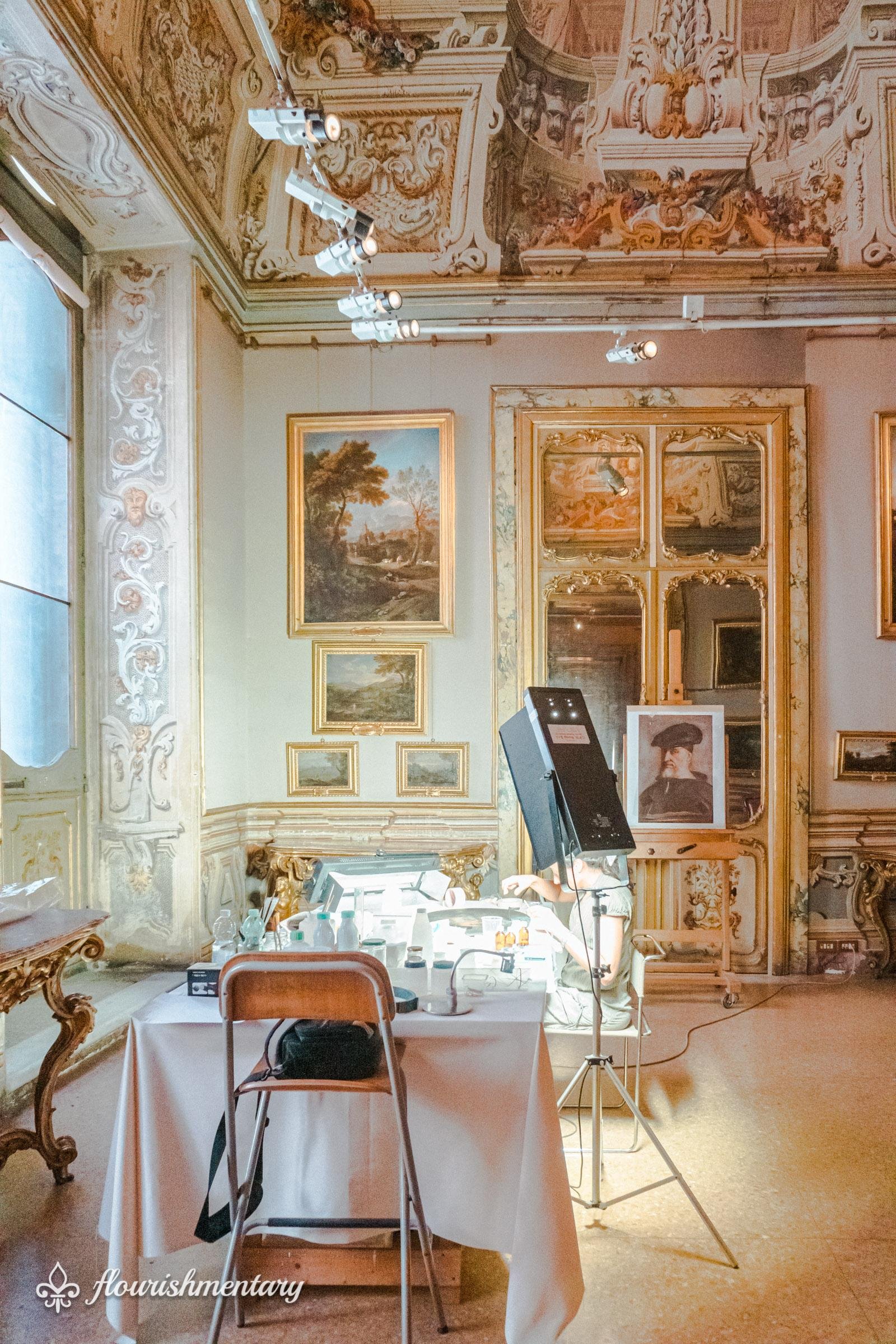
Aldobrandini Room
The next series of rooms date back to the most ancient phases of the building. I don’t know about you, but I rarely find myself anywhere nearly as old as 1507, and it’s always a fun exercise to imagine what it must have looked like back then. Later, the room was enlarged and restored, but it still features fragments of frescoes from the earliest iteration.
Unexpectedly, the Doria Pamphilj family was blindsided by a disaster in the 1950’s. A colossal snowfall in Rome caused the ceiling in this room to completely collapse. They rushed to save many priceless works of art, and luckily many were able to be restored.
This room now holds the most famous paintings in the entire gallery, along with priceless archeological artifacts. Let’s just hope that roof holds at least another few hundred years, huh?

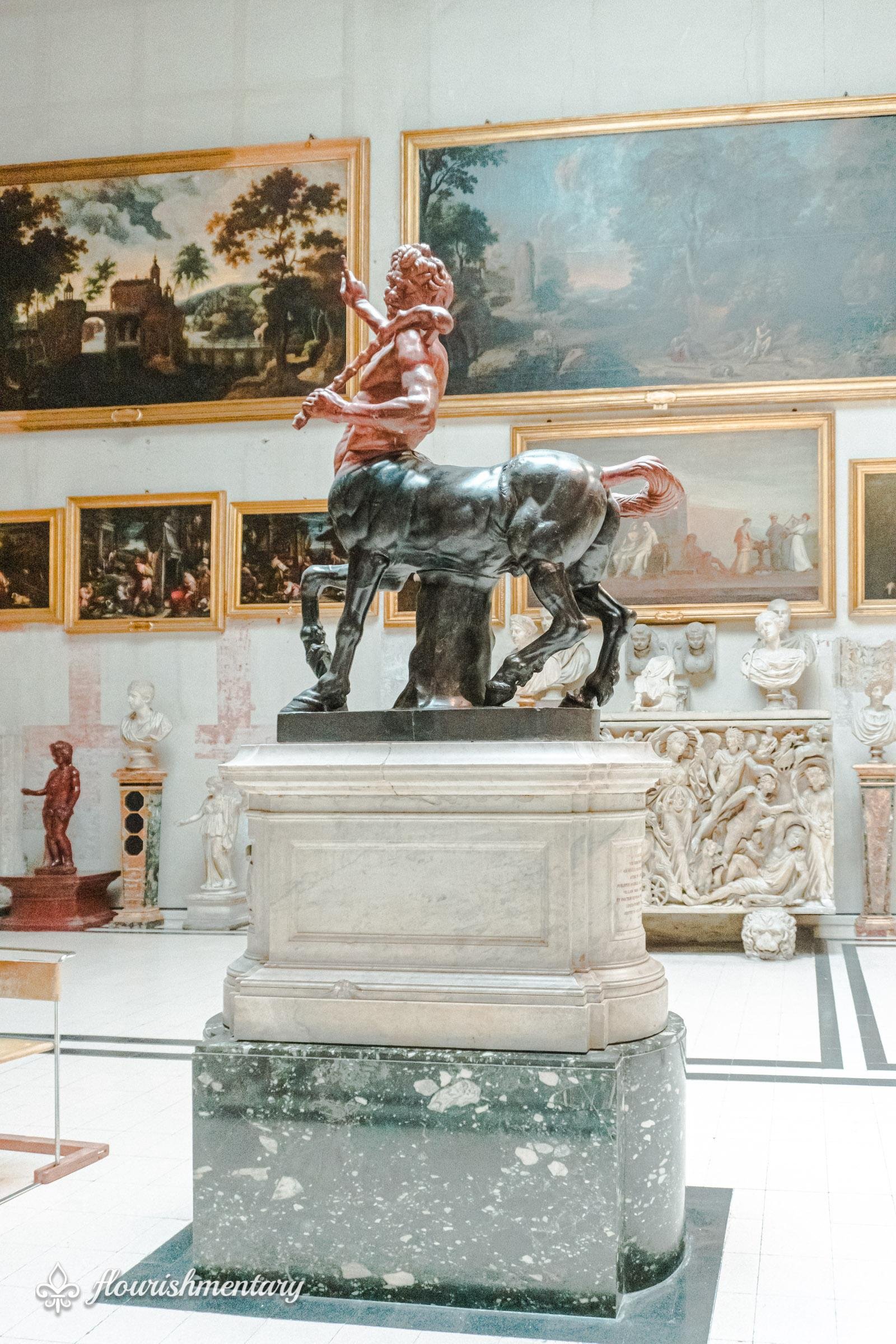
The most noteworthy works are the ancient two toned statue of a centaur, and two paintings by a young Caravaggio. The “Penitent Magdalene” and the “Rest during the Flight into Egypt” show the mastery of the famous Italian artist even in his earliest works.
This room leads down into smaller painting gallery full of landscape art. Nearby, you’ll see an entrance to the apartments where the Doria Pamphilj family live today.


The Private Apartments
When you purchase admission to the Palace, you have the option to add a tour of the Private Royal Apartments. They’ve been preserved to show what life was like there hundreds of years ago, and gives you a unique perspective into their personal lives.
The thing I love most about visiting historic buildings isn’t the priceless works of art. It’s all the interesting things that make it a home. With this in mind, I jumped at the chance to tour the apartments. It’s just a few euros more, and really lets you glimpse into the royal lifestyle.
The tour showed off a grand dressing room, where women in the Doria Pamphilj family prepared for lavish events. It really inspired me to consider how much longer primping must take, when you’ve got at least five layers of clothing to keep up with.



These private rooms were characteristically charming, and filled with priceless antiques. My favorite rooms was the green “Venetian room”. It was named after it’s beautiful Venetian mirrors, and of course the Murano glass chandelier.
The blue room also featured an elegant silk wallcovering, and had more of a distinct English flair. Maybe it was because of Portraits of English ancestors (and one that looked just like Michael Caine), but it gave me some familiar Downton Abbey vibes.
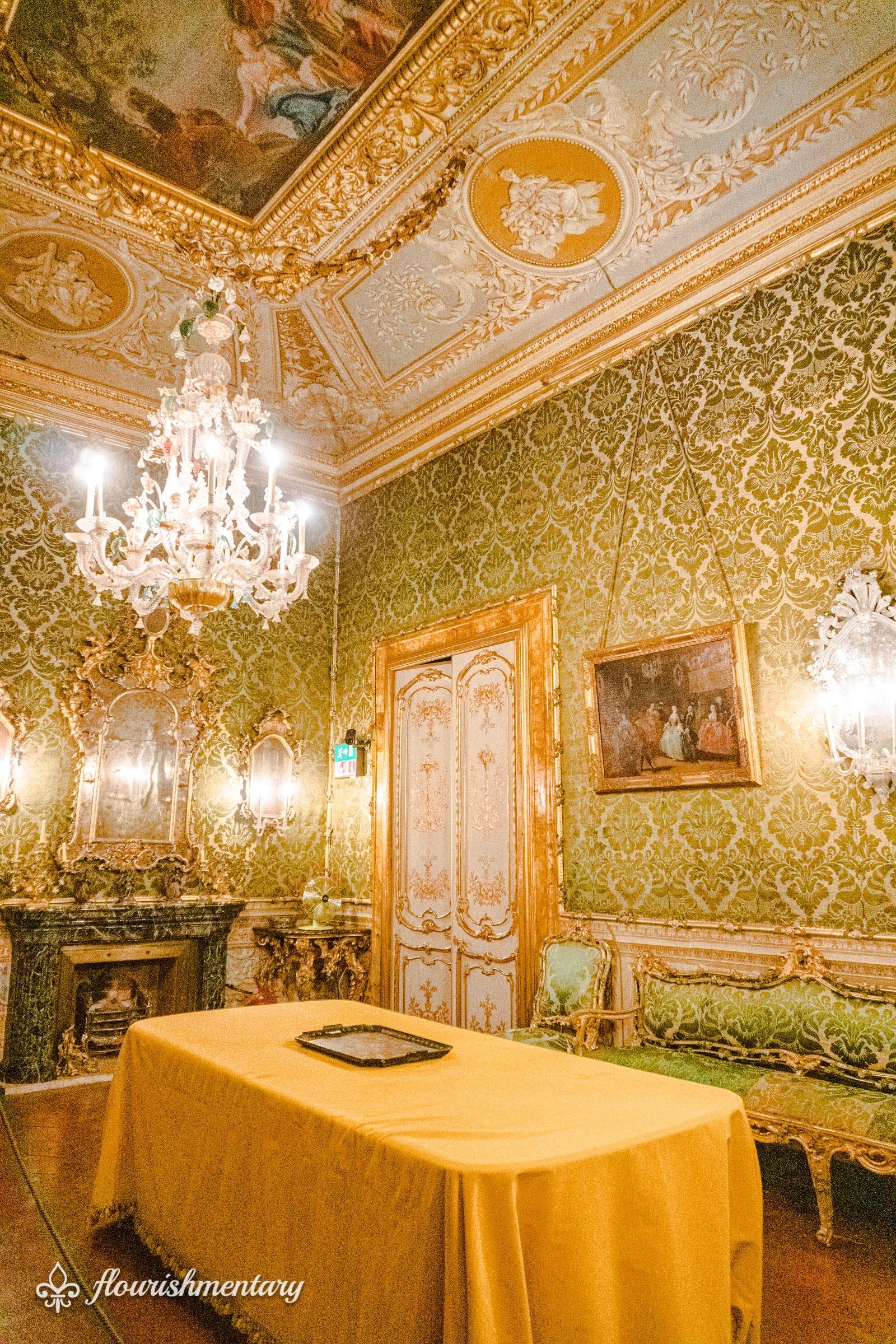

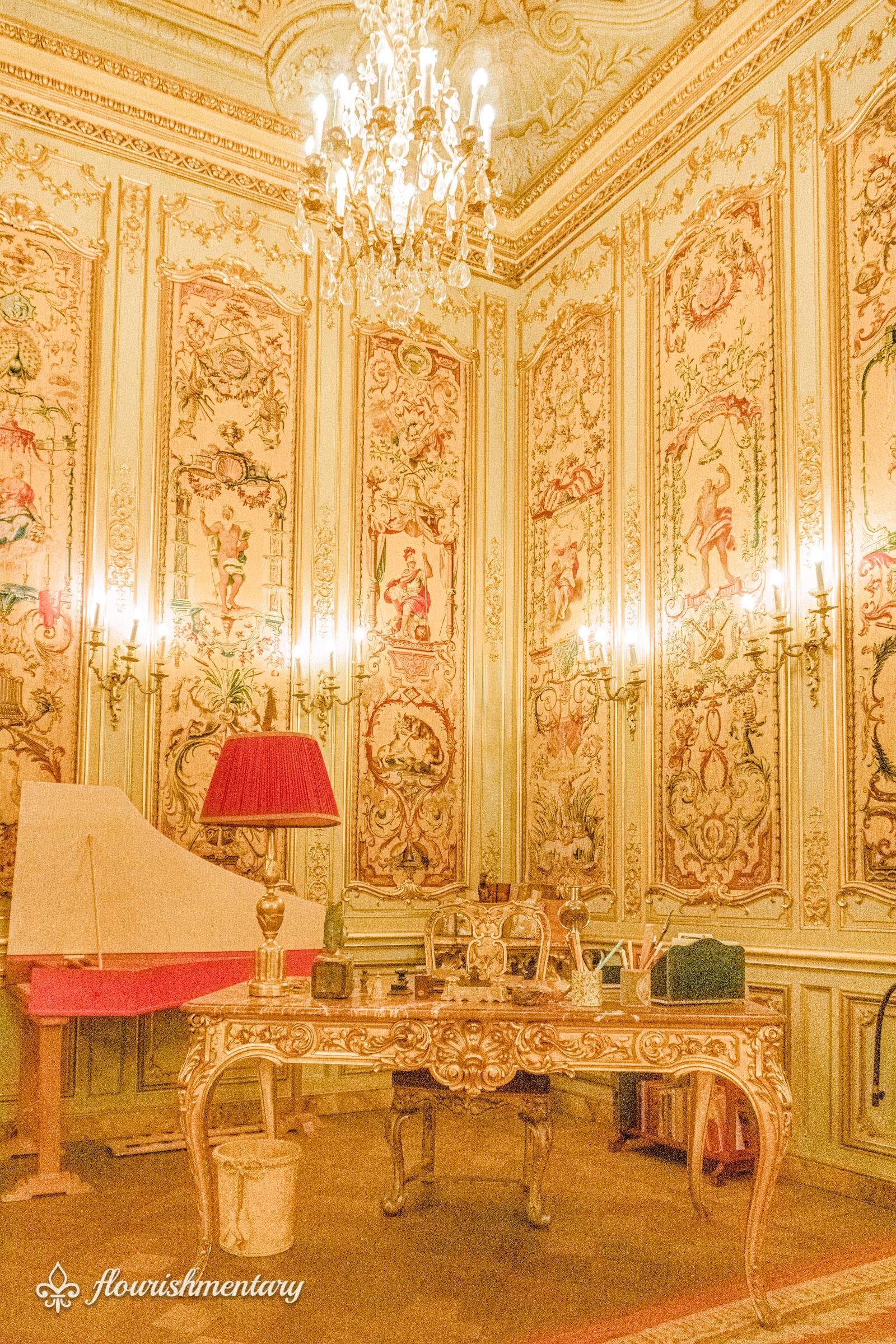
The Throne Room
Finally, we entered the last stop on the tour. This room is dedicated to the most important person to visit: The Pope.
The throne room was built when Giovanni Battista Pamphilj, became became the most powerful man in the world. Known as Pope Innocent X, his family decked out the space with the most intricate decor. However, it wasn’t just so he had space to entertain.
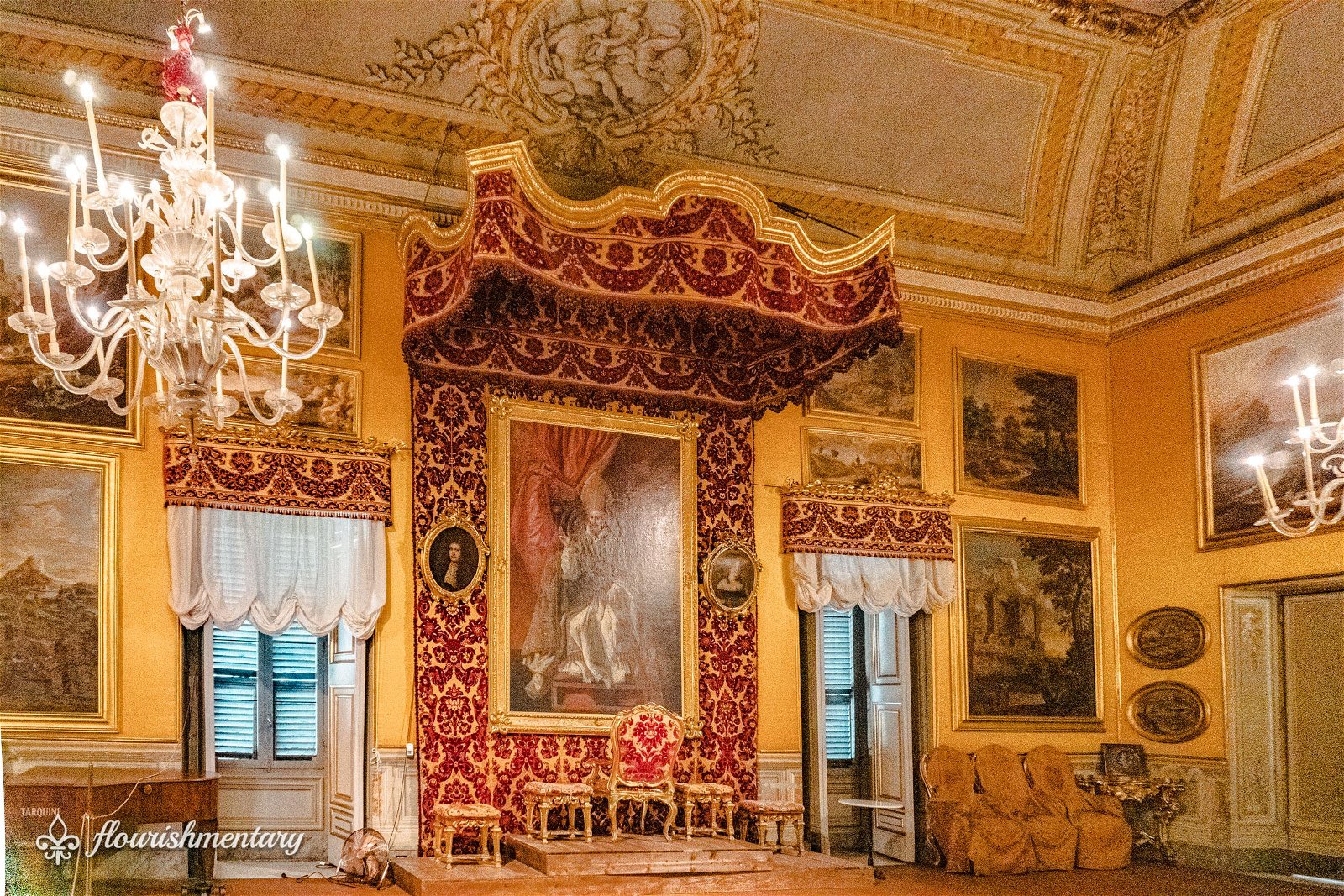
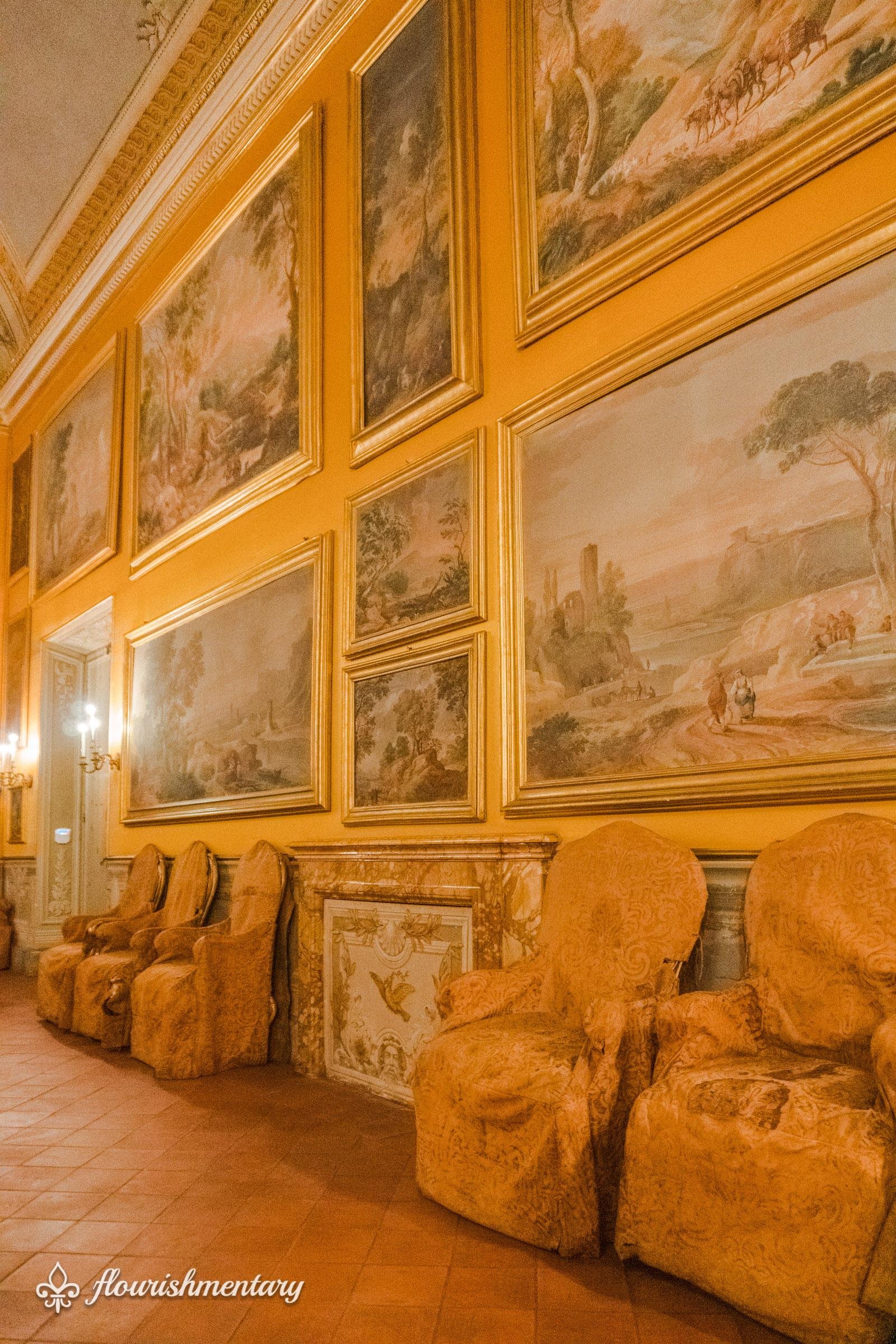
Surprisingly, the room was so important for another reason. The Pope needed a place to greet the Doria Pamphilj family themselves. Yes, you read that right. The Pope couldn’t be welcomed in by the family. Instead he had to be the one to receive them. The Pope waits for no one.
It may seem a little strange to see the throne facing the opposite direction, but actually it’s an old Roman tradition. Uniquely, the chair faces the opposite direction when the Pope is away. Nonetheless, the decorative embellishments on the back of the chair make sure it looks just as beautiful as the front.
Visiting Galleria Doria Pamphilj
The Palazzo was first opened to the public by the three-quarters English Princess Orietta Pogson Doria Pamphilj. Nowadays, her children still live in the Palazzo, and work diligently as they continue to restore it. Thousands of people visit each year, yet it’s still one of the least crowded historic spots.
If you’re wondering if the Palace should be on your Rome sightseeing list, know that its convenient location can’t be beat. Galleria Doria Pamphilj is smack-dab in the middle of Rome’s historic center, so you’ll easily be able to visit other sites after.
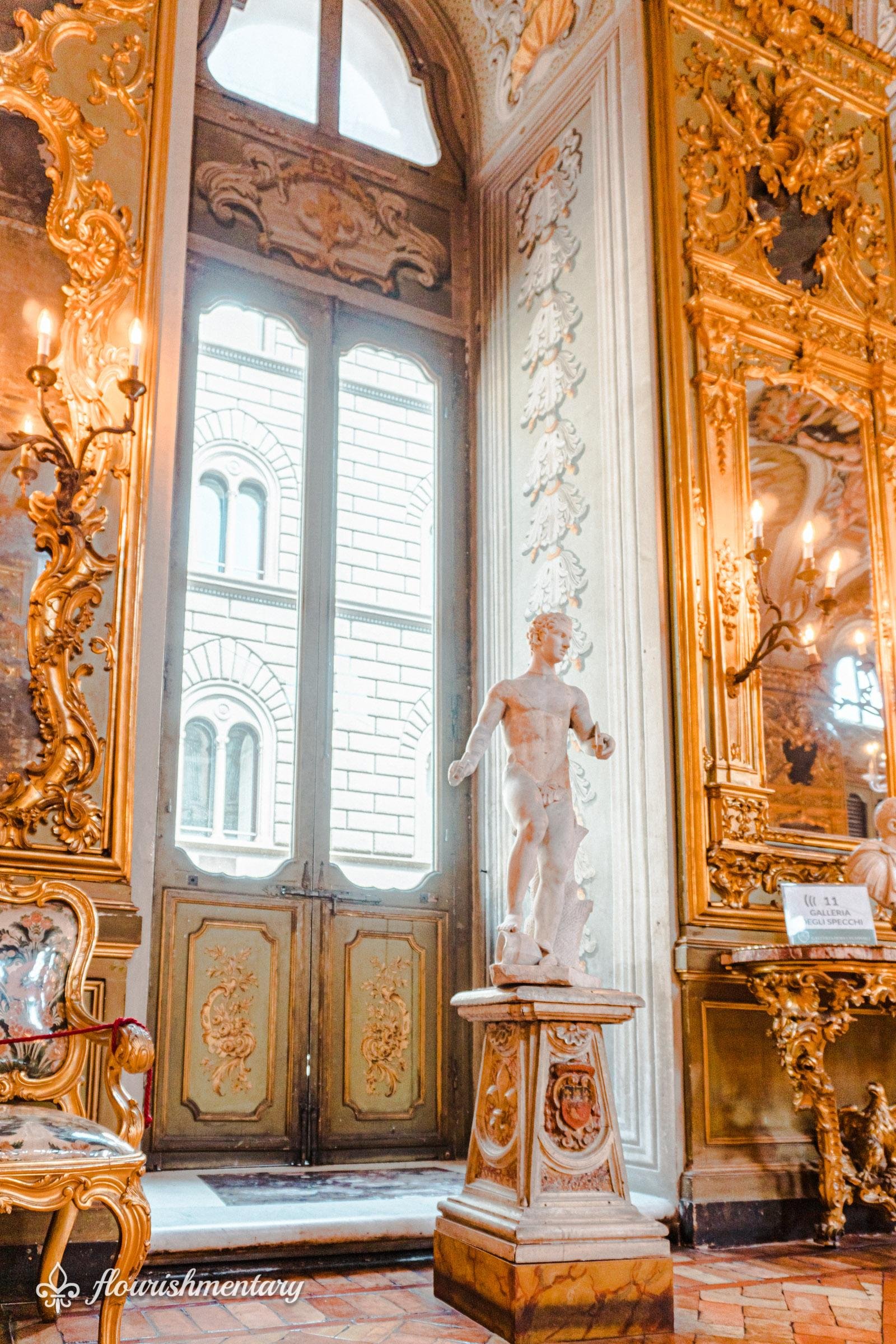

Because it’s also one of the least crowded tourist sites in Rome, you really get to appreciate the grand size of the space. We visited right around lunchtime, it was pretty spectacular to experience some of the rooms as the only visitors.
Normally during museum visits I’m not a huge fan of Audio guides. In spite of this, I really enjoyed the one included in the visit. It really helped me to notice and appreciate details in the spaces much more. Of course, being narrated by the Prince also let you see it differently–through the lens of a family home.
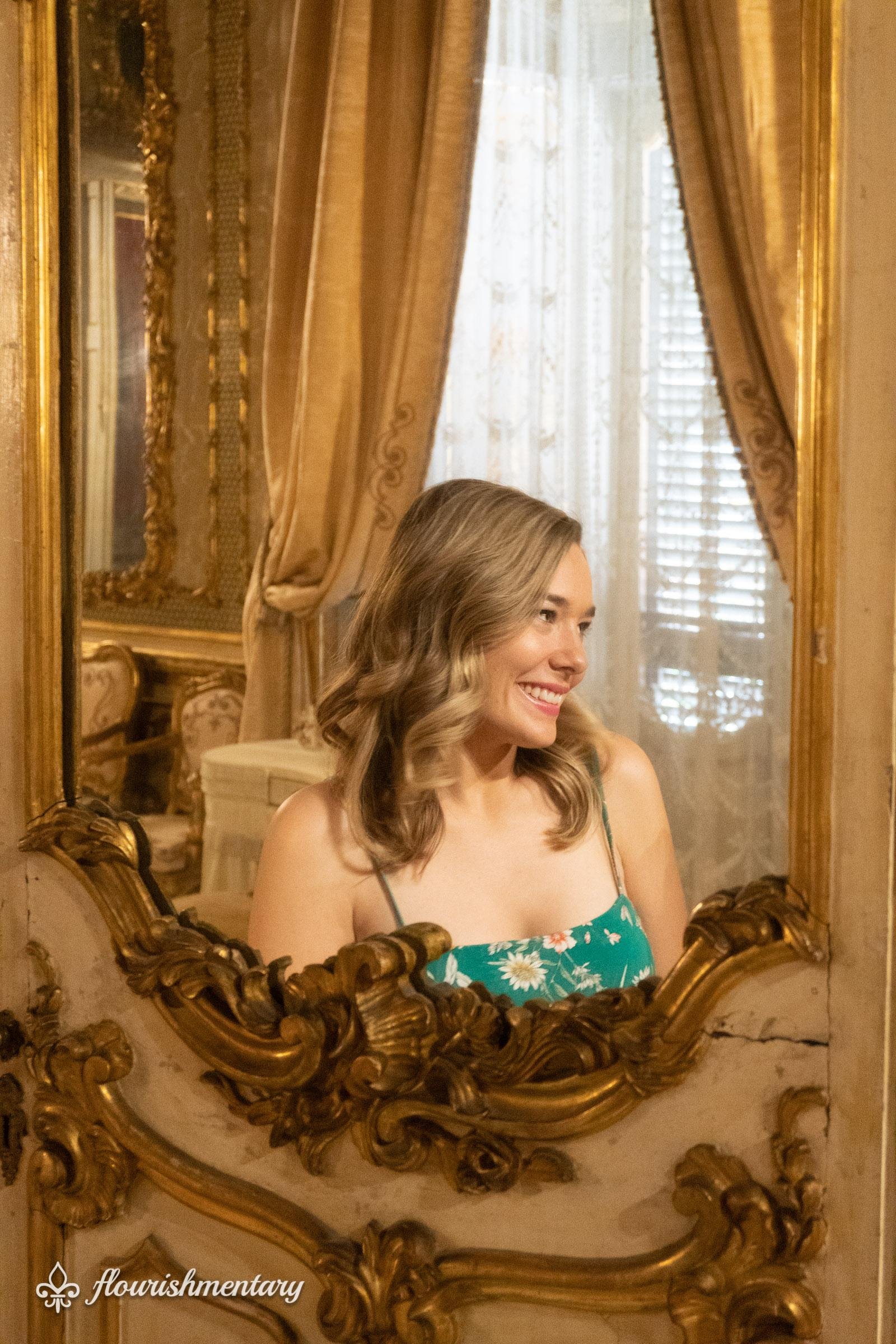
Are you planning a trip to Rome?
Are you headed to the eternal city?
If you’re interested in visiting the Doria Pamphilj gallery while you’re there, check out their website. There you can learn more about the Palace, check out the art, and plan your tour. I totally recommend visiting right around lunchtime when the crowds are away, and you can spend the hottest hours in the shaded palazzo.
If you’re planning your trip to Rome, there are a ton of fun things you can do after visiting the Palace. We spent the rest of the glorious summer day, wandering around Rome’s largest park. For an insider guide, check out 7 Magical Spots In Rome’s Villa Borghese Gardens.
Are you a big fan of visiting historic homes, too? I’m always looking to add some more of these incredible sites to my bucket list, so drop me your favorites suggestions below in the comments!


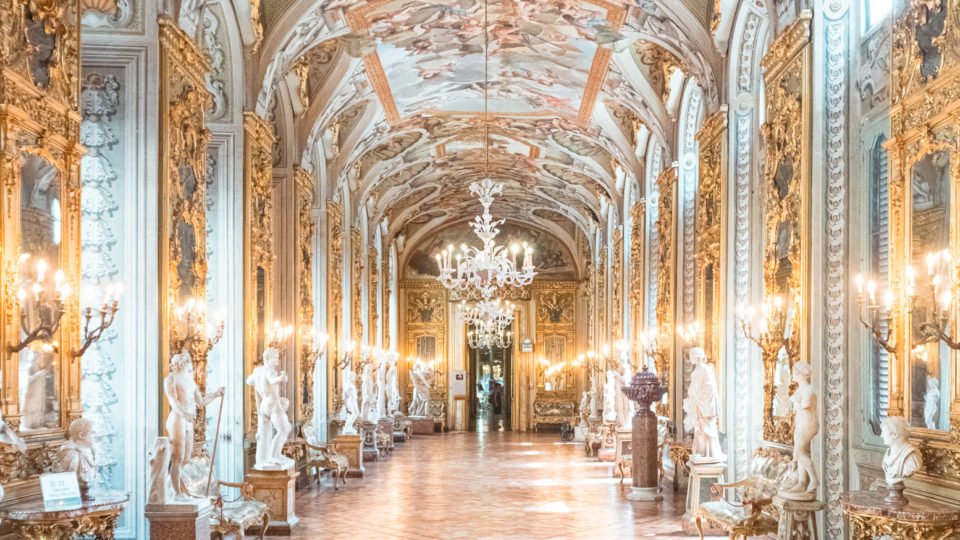
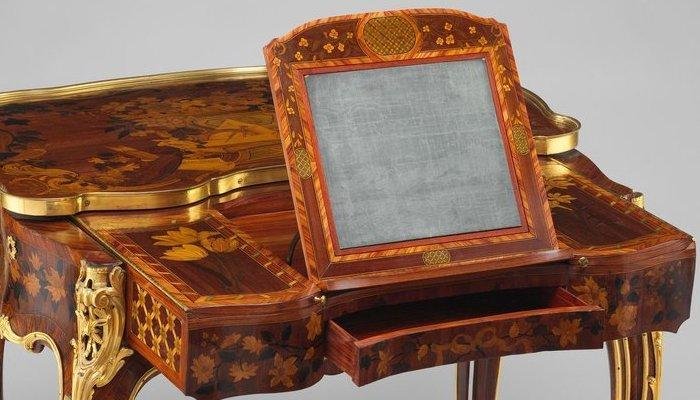
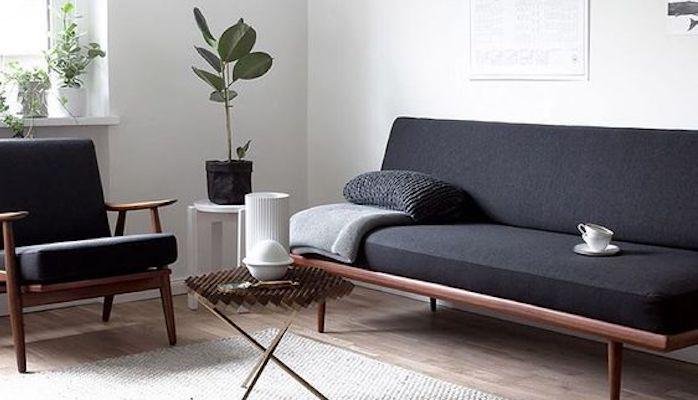

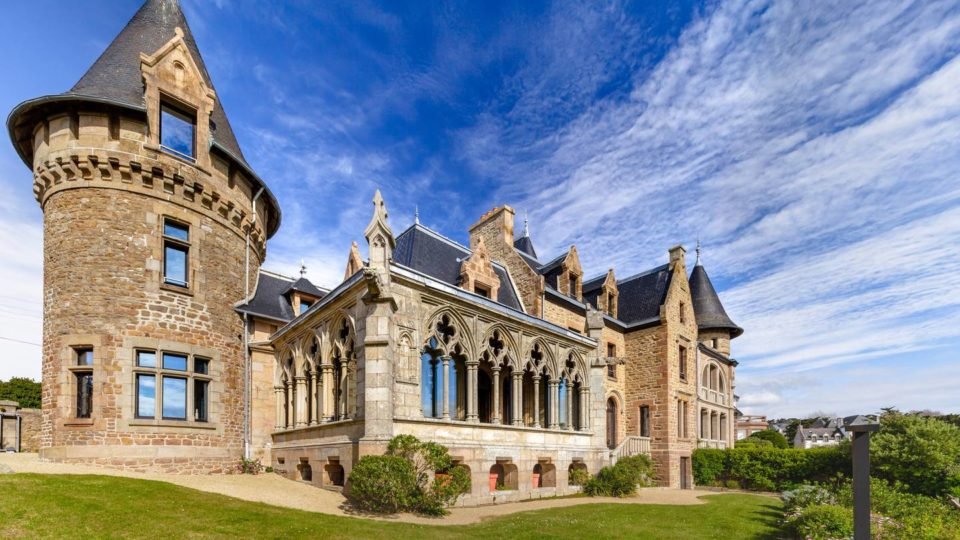
I’ve been here and it’s more stunning than you can ever imagine. These photos took me right back!
Hi Whitney! So glad to hear you enjoyed your visit too. It was such a cool palace and I’m so happy these pretty palaces are still around for us to drool over!
I’ve been here and it’s more stunning than you can ever imagine. These photos took me right back!
“Enjoyed reading your blog and looking at your photos.
x0x0,
Anna
❥ https://www.annalovelife.com/baler-aurora/“
Thanks so much for reading Anna, and glad you enjoyed!
“Enjoyed reading your blog and looking at your photos.
x0x0,
Anna
❥ https://www.annalovelife.com/baler-aurora/“
Best article about Doria Pamphilj gallery!!! Thank you for this experience! I just wonder: all the rooms from this article are available for the public or you need a special reservation?